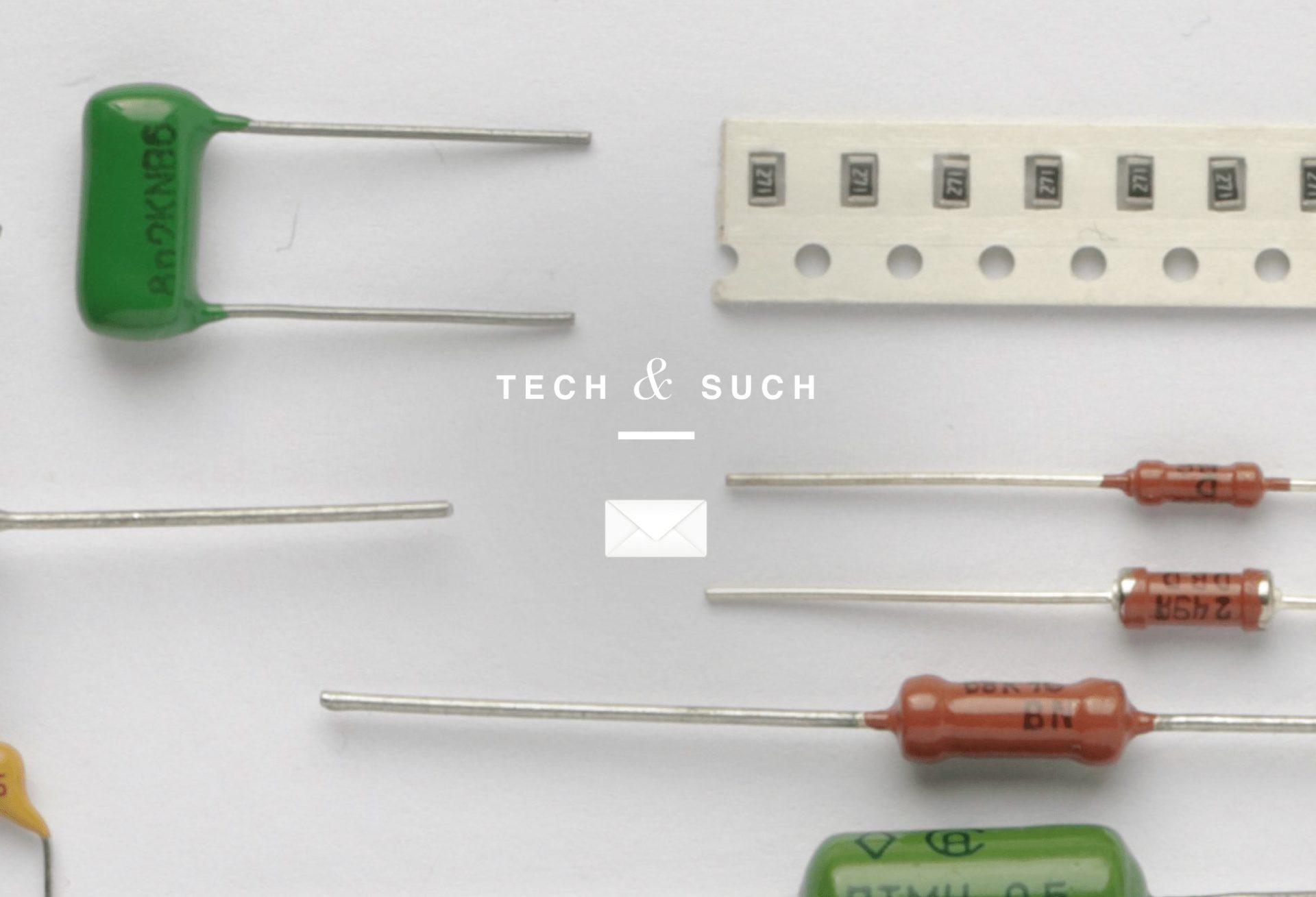This week we’re talking about IoT manufacturing, Google better than Tesla at self-driving cars, whether police body cameras should use A.I., and IoT fighting air pollution.
INTERNET OF THINGS .

So you’ve heard of the Internet of Things (IoT), and all the buzz about it, but what about its actual adoption? A new study called the MPI Internet of Things Study, reveals that right now, half of the plant production and equipment processes are managed by IoT. And that number is climbing, 88% of surveyed companies said they would be expanding their use of IoT technology in the next two years.
The impact? The U.S. manufacturing sector has seen major increases in productivity and productivity. Of those using IoT, 72% saw increases in productivity, and 69% saw improved profitability. There is a whole range of benefits that IoT has provided factories, from helping to predict supply shortages, detect production line inefficiencies, to alerting maintenance crews about needed repairs. The more information these companies have to work with, the easier it is for them to manage plants that can run faster, longer, and more efficiently. 🏭
TRANSPORTATION .

AI .

MOTIVATION .

The World Health Organization (WHO) estimates that 5.5 million people die each year as a result of air pollution, most of whom are in China and India. That’s more than deaths from obesity, alcohol, and drug abuse. Currently, every major U.S. city is equipped with ‘waggle chips’ that can read the presence of several air pollutants. While it is under debate, one estimate finds that for every dollar spent on air pollutant improvements in the U.S. there is a $4-$30 benefit in reduced health costs.
Notably, a ten-year collaboration between IBM and Beijing’s Environmental Protection Bureau has led to drastically improved measurement of air quality. The project, named ‘Green Horizons’, can even identify exact pollutants and their sources. Vast amounts of data provided by IoT systems throughout China combined with IBM’s machine learning technology can forecast changes in air quality from factors ranging from seasonal change to new factories opening up. Got to the love that team spirit!





